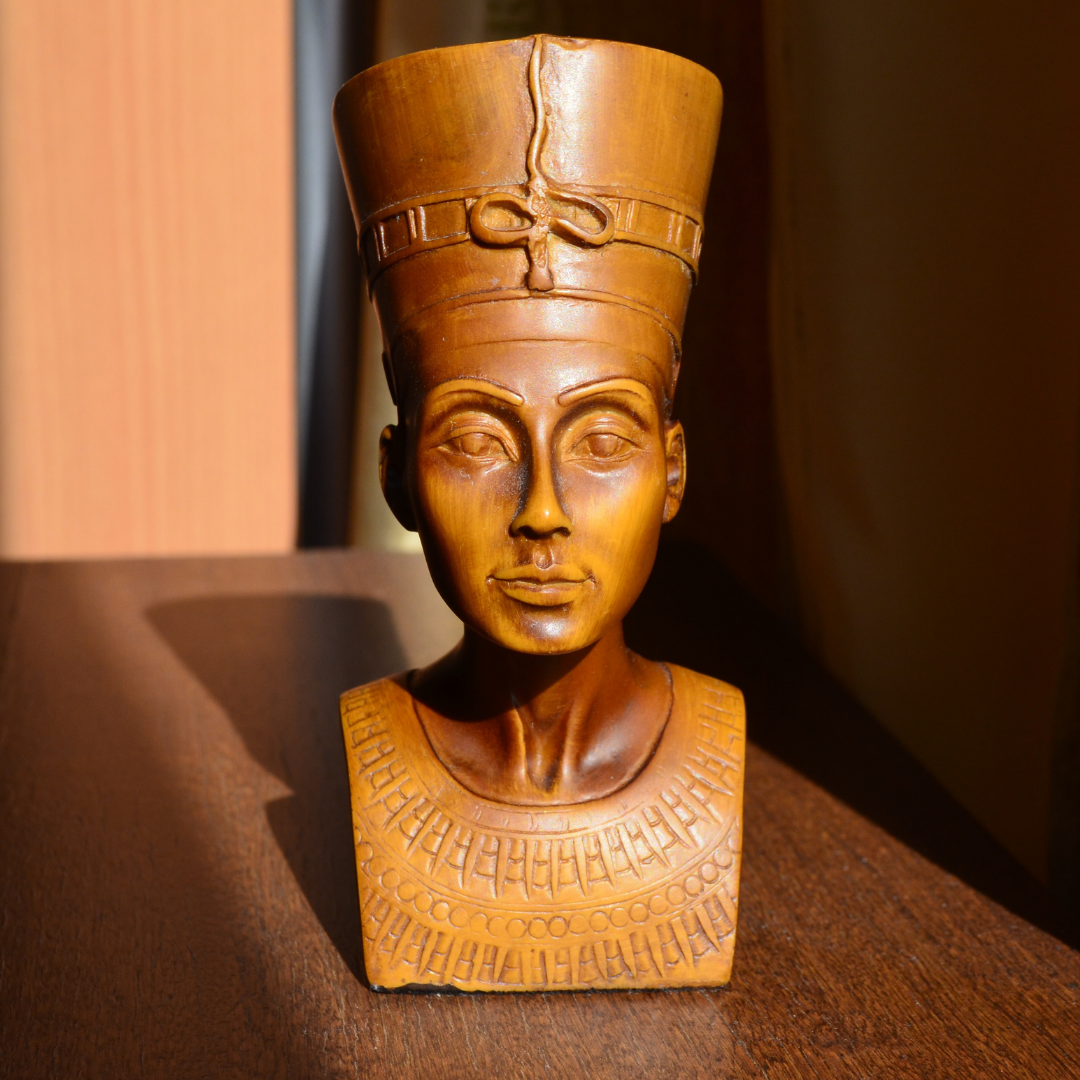
EGYPTIAN
Ancient Egypt was considered the cradle of civilization of Northern Africa. The annual inundation of the Nile River made different cultures settle along the floodplain to have a stable agricultural economy. Although much has changed, Egypt still exists as a country in the present-day. Bordered by the Red Sea and the Mediterranean Sea, ancient Egypt had an influx of goods and people, making it a trade network. The Egyptians' influence spread across their boundaries, for their ethics and trailblazing inventions. Meanwhile, the dynasty’s histories were preserved by ancient Egyptian hieroglyphic writing on architectural monuments and papyrus, which intrigue archaeologists and historians.
Links
[i] King Menes unified the different cultures
[ii] The growing influence of nomarchs
[iii] kings as a god
[iv] foreigners as threats
[v] The New Kingdom
[vi] survey, art, astrology, and mathematics
[vii] the 140-meter pyramid
[viii] hieroglyphic writing
[ix] the earliest King of Egypt led their kingdom as a monarchy
[x] During the predynastic era
[xi] Mentuhotep III
[xii] papyrus
[xiii] Ptolemy
[xiv] Shemsu Hor
By Yusuf Dosunmu
